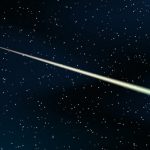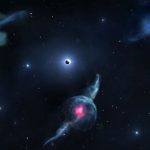Elon Musk’s Space X destroys own rocket after bad weather delays first attempt0
- From Around the Web, Science & Technology, Space
- January 21, 2020
Elon Musk’s SpaceX has destroyed one of its own rockets a day after bad weather forced the company to delay its final milestone test before flying Nasa astronauts from US soil.















